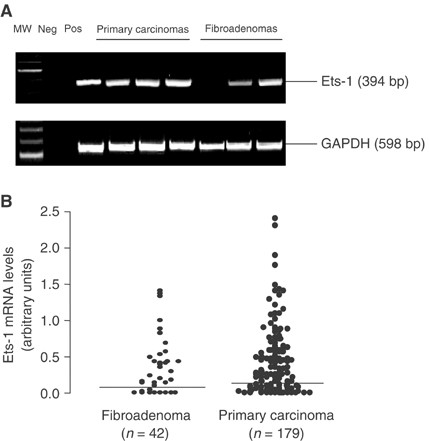

Metabolite analysis using HPLC established that the average content of catharanthine and vindoline in the transgenic hairy root extracts was increased 2.49-fold and 4.2-fold in comparison to the control hairy root lines, respectively. roseus hairy root genome by genomic-PCR analysis, real-time quantitative PCR analysis, and GUS staining assay. The T-DNA fragment of pCAMBIA1304+-Orca3 was proved to be integrated into C. Putative transgenic hairy root lines were induced and subcultured. roseus hairy roots, biotransformation of Orca3 gene was conducted with the disarmed Agrobacterium rhizogenes C58C1 harboring pCAMBIA1304+-Orca3, a plasmid that contains an Orca3 gene, a Gus gene, and a hygromycin-resistance (hyg) gene, all driven separately by the cauliflower mosaic virus 35S promoter (35SCaMV). To investigate the effect of ORCA3 overexpression on the TIA biosynthesis in C. Therefore, this factor was postulated to play an important role for the biosynthesis of secondary metabolites in plants. The AP2/ERF-domain transcription factor ORCA3 of Catharanthus roseus has been recognized earlier as a regulator the expression of some important genes involved in the terpenoid indole alkaloid (TIA) biosynthetic pathway in C. * Plant Biotechnology Research Center, Fudan-SJTU-Nottingham Plant Biotechnology R and D Center, School of AgricultureĪnd Biology, Shanghai Jiao-Tong University, Shanghai, China ** State Key Laboratory of Genetic Engineering, School of Life Sciences, Fudan-SJTU-Nottingham Plant Biotechnology R and D Center, Morgan-Tan-International Center for Life Sciences, Fudan University, Shanghai, China *** Department of Biochemistry and Molecular Biology, Shenyang Medical College, Shenyang, China Overexpression of Transcriptional Factor ORCA3 Increases the Accumulation of Catharanthine and Vindoline in Catharanthus roseus Hairy Roots


 0 kommentar(er)
0 kommentar(er)
